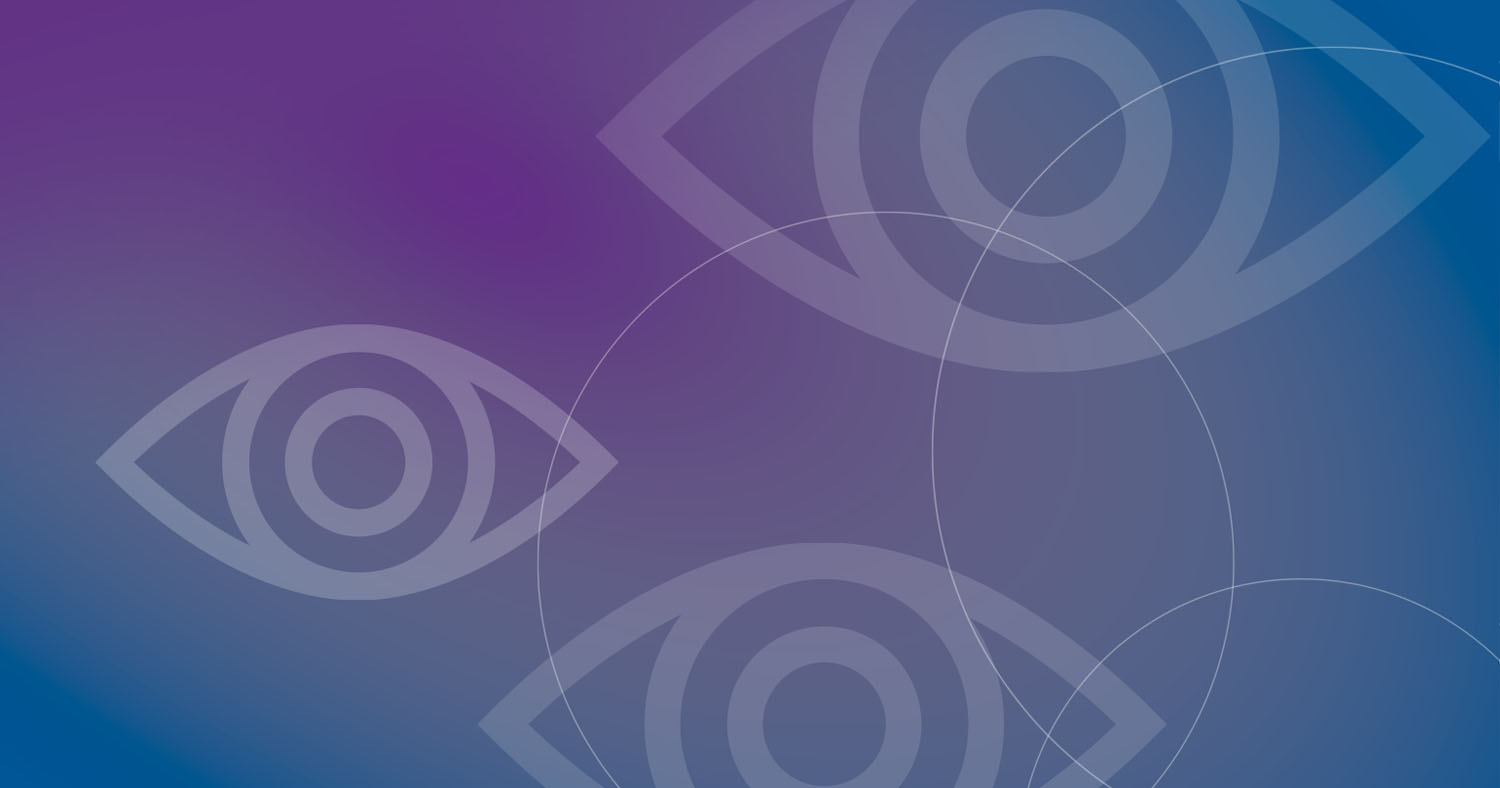Best Practices and Research
Children’s Vision and Eye Health
Instrument-Based Vision Screening Guidelines for Children Ages Less than 6 Years
The following information describes instruments approved by the National Center for Children’s Vision and Eye Health (NCCVEH) at Prevent Blindness based on peer-reviewed, published research conducted in a community-based setting.
Instrument
Use with Ages
Comments
Image
GoCheck Kids
3, 4, and 5 years
Without the visual acuity function.
Approved after publication of the 2015 NCCVEH guidelines.
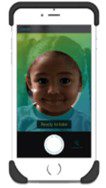
Plusoptix Vision Screener
1, 2, 3, 4, and 5 years
Without the visual acuity function.
Approved after publication of the 2015 NCCVEH guidelines.
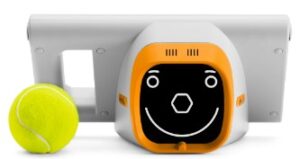
Plusoptix S12C
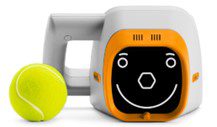 Plusoptix S12R
Plusoptix S12R
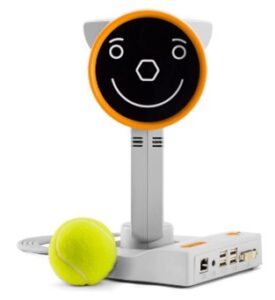
Plusoptix S16
Retinomax
1, 2, 3, 4, and 5 years
Listed in the 2015 NCCVEH guidelines.
 Retinomax
Retinomax
Welch Allyn Spot Vision Screener
1, 2, 3, 4, and 5 years
Approved after publication of the 2015 NCCVEH guidelines.
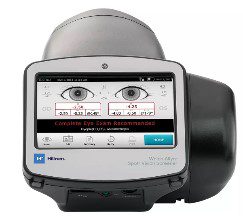
Welch Allyn Spot Vision Screener
The following instrument was approved in the 2015 NCCVEH guidelines but is no longer manufactured or supported for updates.
Instrument
Use with Ages
Comments
Image
Welch Allyn SureSight Vision Screener – Software version 2.25
N/A
Listed in the 2015 NCCVEH guidelines.
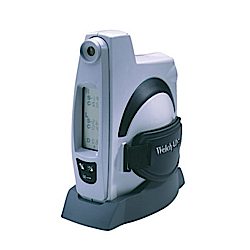
Welch Allyn SureSight Vision Screener
Recommendation Summary
For citation references, click here
- Instrument-based screening refers to screening using automated technology.
- Instrument-based screening identifies the estimated presence and magnitude of refractive error and eye misalignment.
- Instrument-based screening does not measure visual acuity, does not provide visual acuity values (e.g., 20/40), and results cannot be translated to visual acuity values.
- Each screening device requires instrument- and age-specific pass/fail refractive error criteria. Abnormal refractive error is a significant risk factor for amblyopia. (2) Hyperopic refractive error ≥ 2.00D spherical equivalent, in particular, is associated with a significantly higher risk of esotropia, (26) which by itself is an additional risk factor for amblyopia.
- Because of the association among amblyopia, strabismus, and uncorrected significant refractive error, screening for refractive error alone is often successful in identifying children with constant strabismus and moderate to severe levels of amblyopia. (29,54)

